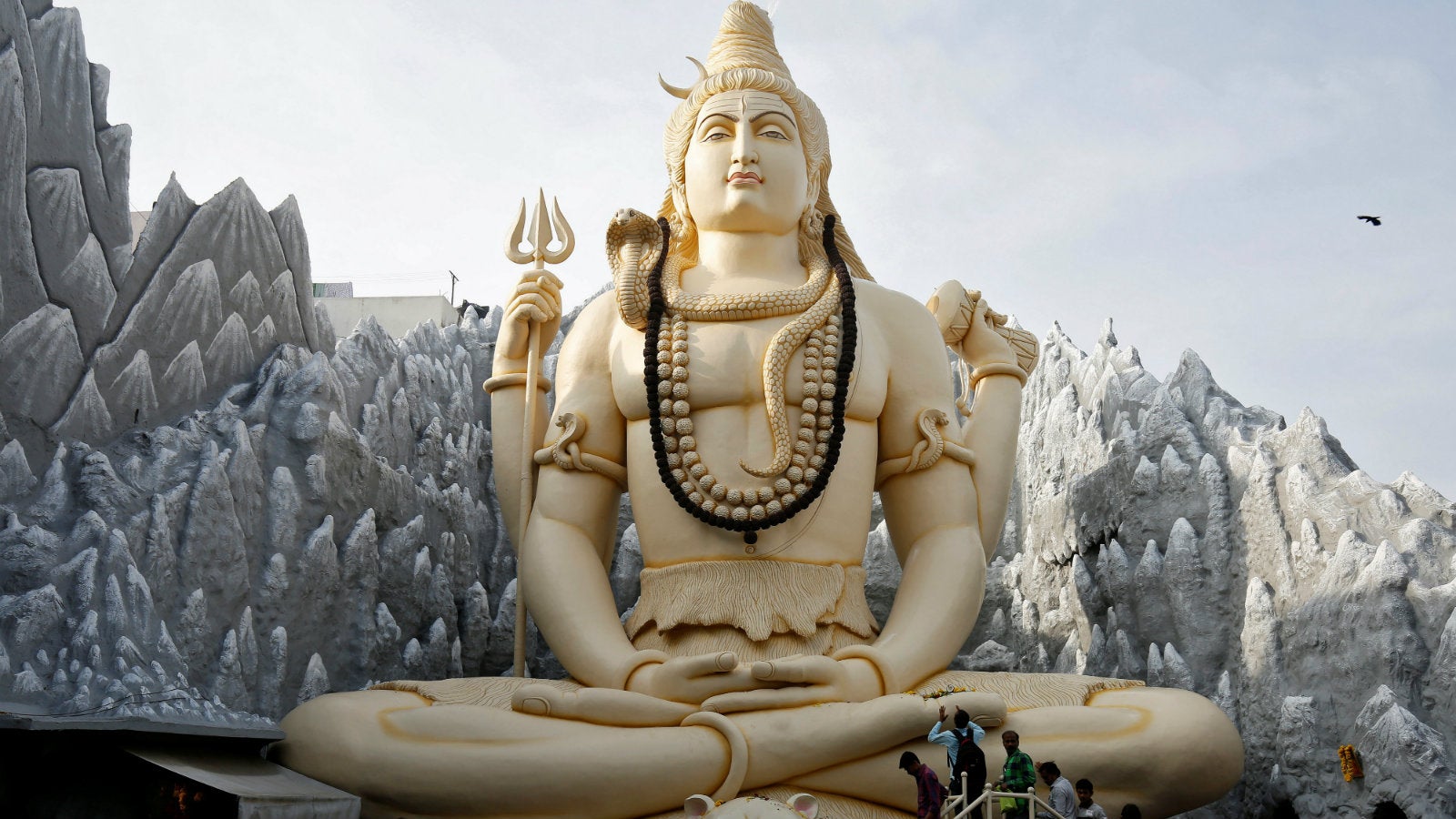A breakaway sect of 11 million Shiva worshippers is now an official religion in India
The government of the southern Indian state of Karnataka dropped a socio-political bombshell on March 19. It recognised the Lingayats, an over 11 million-strong community of lord Shiva worshippers, as constituting a religion distinct from Hinduism.


The government of the southern Indian state of Karnataka dropped a socio-political bombshell on March 19. It recognised the Lingayats, an over 11 million-strong community of lord Shiva worshippers, as constituting a religion distinct from Hinduism.
The state cabinet, headed by the Congress party chief minister, Siddaramaiah (known only by his first name), accepted an expert panel report favouring the separate status for the community. It decided to forward the committee’s recommendations to the central government for approval.
As a religious minority, the Lingayats will be able to, among other things, establish their own educational institutions. In future, their new status could also lead to reservations in government jobs, pending a rejig of the existing arithmetic.
While the move, adding to India’s complex demographic mosaic, is a culmination of a nearly 1,000-year old movement, it may have been precipitated by the Karnataka legislative elections due in May. After all, the Lingayats form around 17% of the state’s estimated 68 million population and have a decisive say in nearly 100 of the state’s 224 seats.
Breakaway Hinduism
The Lingayats, predominantly natives of northern Karnataka, are followers of 12th century poet-philosopher Basava, also known as Basavanna or Basaveshwara. Born into a high-caste Brahmin family, he renounced the Sanskritik tradition, according to author Sunil Khilnani.
“He didn’t just cut ties with his family; he literally cut the sacred thread Brahmins wear to represent their ‘twice-born’ status,” Khilnani writes in his 2016 book Incarnations: India in 50 Lives.
Basava also rejected the cornerstones of Hinduism: scriptures like the Vedas and Upanishads, idol worship, and the caste system. Yet, he remained a worshipper of Shiva, the reason the community’s status is contentious even after all these years. To this day, Basava’s followers carry Shiva’s phallic icon, the linga, tied around their necks; hence the name Lingayat.
However, over the centuries, the community got re-assimilated into the Hindu scheme of things—to the extent that in independent India, the Lingayats were categorised as one of the many “other backward castes“ (pdf) of Hinduism.
Two reasons for such dissolution of the Lingayat identity were the violent crushing of the movement early on and the passing away of Basava. A third is that for nearly eight centuries, key texts of the movement were lost or dispersed, only to be re-collated and studied in the 20th century when the identity saw a revival of sorts as distinct from mainstream Hinduism. One of the scholars who had studied such material over the past many decades was MM Kalburgi, a Lingayat himself. Kalburgi was shot dead in August 2015 by suspected Hindu extremists.
The idea of a breakaway sect is anathema to the Hindu nationalist project. This latest move by the Karnataka government is said to be aimed at deflating the prospects of BS Yeddyurappa, another Lingayat and yet a staunch proponent of that very brand of nationalism.
The politics of it
Yeddyurappa, a former chief minister of Karnataka and a member of prime minister Narendra Modi’s Bharatiya Janata Party, has a solid following among the Lingayats. He is perceived as chief minister Siddaramaiah’s principal rival in the state.
The obvious contradictions in the community’s self-identity and Yeddyurappa’s Hindu nationalism seem to be the primary target of the move to consider them a religious minority. Though nobody is sure yet if this will help the Congress reap electoral dividends, it certainly puts the BJP and its biggest leader in the state in a quandary. Especially with Siddaramaiah lobbing the bombshell at the BJP-led central government for approval.
Meanwhile, the move is also being perceived as an attempt to divide Hindus.